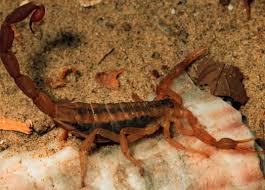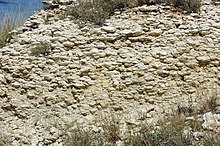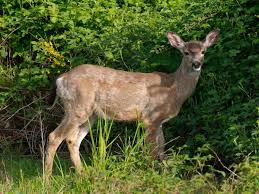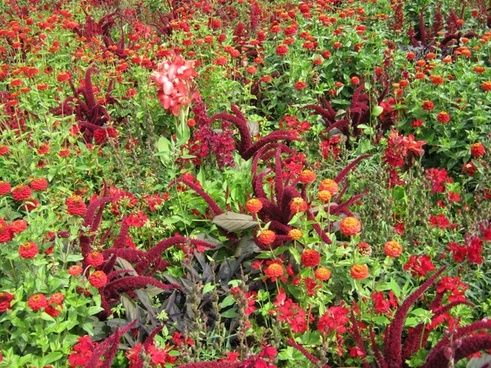by Nancy Wesson
Reprinted from The Austin Homesteader, 2002
We are moving into spring here in Austin, a marvel replete with vistas of beautiful wildflowers and butterflies. If you’re new to Central Texas, what qualifies as Spring here are the few days between winter (75 degrees and below) and summer (100 degrees plus.) It’s the time the spirit naturally moves toward planting things, and watching for new critters to emerge. If “critter” is not a word you have added to your vocabulary, go ahead and do that now. You’ll need to because there are lots of them around here, and they’re not shy.
Neophyte Gardner
I remember coming to back “home” to Austin from California. Having lived in Austin for twelve years prior a 9 month sailing adventure, then acclimating to the moderate climate of southern California, I realized I was just a neophyte in terms of gardening upon returning. That’s because during those first twelve years in Austin we had lived a little bungalow in Tarrytown where everything grew. It was near the river, had nice acid soil, and in many ways was like Louisiana where I grew up.

Even the roaches reminded me of Louisiana. Their presence had little to do with housekeeping, and everything to do with years of ivy growth, moisture, and trees. The difference is these buggers can fly – and read! (You don’t believe it? Go ahead, pull out a can of Raid and watch them attack like a bomber pilot.) I’m not trying to frighten you. It’s just comforting to know that roaches are not necessarily bad Feng Shui. It’s just the Shui it is near the river.
In all those years, I never realized that that rich, fertile soil around our bungalow was actually an oasis in a sea of caliche. Until I moved back, the terms “caliche pick,” deer repellent, scorpions, etc. had never even been blips on my radar screen.
Wind and Water
We returned in May the year of the great Memorial Day flood of 1981. Having lived for three years near the beach south of LA, where every day was clear and 75 degrees, I been luled into safety. There, I grew a bean stalk in a week. I was unprepared for the onslaught of critters and fickle Texas weather. Feng Shui literally translated, means “wind” and “water.” That year there was plenty of Shui (water) and it all came down in a few weeks. Then there was good Feng (wind), followed by drought. You get used to this – it’s part of the excitement of spring here. And the deer, oh how adorable they were. My first born turned one that year, making the little fawn that wandered onto our patio ever more enchanting. Good Feng Shui.
Creature Comforts
What could be closer to Nirvana? I was looking forward to the creature comforts of being home, but not the creatures I was about to discover. The first night home, a scorpion fell out of the ceiling fan over the bed. As it warmed up, granddaddy longlegs drummed in unison under the shady eves of the house, and the fawn’s MAMA decimated the delicate plants I planted on the deck.
It reminded me of what hardy stock the pioneers must have been – and this was BEFORE my discovery of the coveted caliche pick.

To those of you unfamiliar with caliche, it’s a “technical” term for the type of “soil” in the hill country – lots of big limestone/fossil rocks bonded like cement with hard, alkaline, low nutrient smaller rocks. This is not stuff you dig with a shovel. A pick-ax or blasting caps work nicely, but a caliche pick is the weapon of choice. It’s a 6 foot steel spike held vertically and allowed to drop from as high as you can lift it, thus breaking up the caliche by repeated poundings.
The good news is that once you’ve created a pit in the caliche, there are quite a few drought loving, deer-resistant shrubs and trees that thrive in such a spot. Yes, it helps if you trick the plants into staying with an appetizer of nice rich dirt, but once they get a taste of caliche, they like it. It’s an acquired taste.
Dear Deer

So what’s this have to do with Feng Shui? I’ll tell you. Good Feng Shui is living in harmony with your environment. Here in central Texas it helps if you don’t force a “house beautiful” garden of roses and sweet tender-leafed “deer food.” City dwellers living in the neighborhoods close to downtown, where the wildlife is not an issue, can sometimes do it. But you’ll need a good sense of humor and a supply of non-edible plants if you’re lucky enough to live in the hills, where the deer and the Road Runners roam,. I’ve spent a small fortune feeding the several herds, and I do love them.
Diet-food
From this experience I developed this short list of deer “diet food,” meaning they’ll either eat it only as a last resort or not at all.

- A good rule of thumb is: pinch the leaf and sniff. If it has a pungent fragrance or odor (like rosemary or Juniper), the deer don’t usually like it once it gets established. (When first planted, deer are sometimes attracted to the minerals in the potting soil.) Here is a partial list of plants I know dear-deer have not eaten: most junipers, except Blue Pacifica (very tender)Asian Jasmin, Sage (last resort), Salvia, Primrose Jasmine, Pampas grass. Youpon, Rosemary (once established), most bulb plants, Red Honeysuckle, and both Green and Grey Santolina.
- Another thing, don’t let thorns fool you, because they don’t fool the deer. I’ve seen deer trim a 5 gallon pyracantha down to a mere image of it’s former self. The trick? Nibble down to the point that the thorns prick the nose. Texture is less important, but fuzzy can be a turn off. Fencing helps, but like Superman, they can graze tall buildings and 8-foot fences to get to something tasty.
Deterrents, Sort-of
Forget about trying perfume, human hair cuttings, bells, blood meal, etc to scare them off. These hill country deer are savvy. They know it’s a ploy, have plenty of people friends, and are generally unimpressed by your efforts. If you’re thinking of feeding them because they’re cute, and besides, then they won’t eat your landscape…. think again. First, feeding the deer upsets the natural balance of things. It causes them to forget how to forage, defeats natural selection, and hazardously lures them into high traffic areas. Not good Feng Shui. And when you’re gone or fail to feed them, be prepared to have your yard stripped.
The easiest and politically correct route, and one that honors the environment in which you live is to plant wisely. Leave yourself time to enjoy your yard, the deer and weekend drives to see the wildflowers. The money you save from not having to re-landscape can fund that deck you’ve always wanted, another tree, or wildlife photography gear!
